Where the war in Ukraine stands
And why the tone in the West is starting to shift

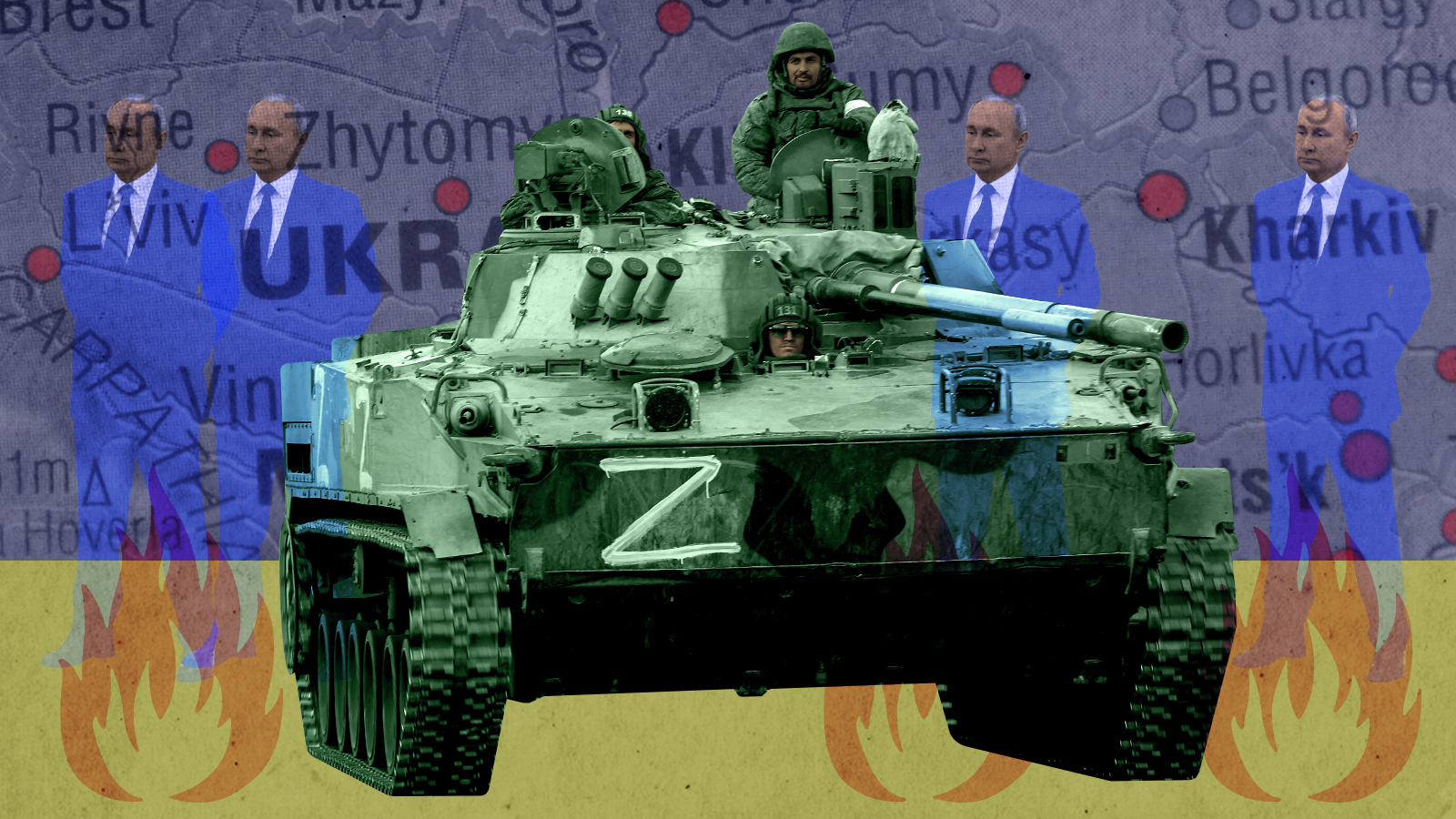
Russian forces are close to seizing total control of Luhansk Oblast while Ukrainian sources warn that their troops in the Donbas are outgunned and taking heavy casualties. Here's everything you need to know:
Was Ukraine expected to hold out for this long in the east?
In the weeks leading up to Russia's invasion of Ukraine on Feb. 24, the Biden administration warned that Russian forces could capture the capital city of Kyiv within 72 hours, topple the Ukrainian government, and install a puppet regime, setting the stage for a long, bloody insurgency.
Instead, Ukraine stood its ground and bloodied the bully's nose. Russia made gains in the south and east, capturing Kherson and quickly encircling Mariupol, but the invaders' setbacks more than outweighed their victories. By early April, Russian forces had been forced to withdraw from around Kyiv. The objective shifted from regime change to capturing the Donbas, in the east. And even that hasn't gone particularly well. My mid-May, a Ukrainian counteroffensive had pushed Russian troops back from the northern city of Kharkiv.
The Week
Escape your echo chamber. Get the facts behind the news, plus analysis from multiple perspectives.

Sign up for The Week's Free Newsletters
From our morning news briefing to a weekly Good News Newsletter, get the best of The Week delivered directly to your inbox.
From our morning news briefing to a weekly Good News Newsletter, get the best of The Week delivered directly to your inbox.
By the end of May, after failing to achieve a major encirclement in the east, Russia had compromised even further. The invaders are now directing most of their resources toward completing Russia's conquest of Luhansk, one of the two oblasts that make up the Donbas region, by capturing the city of Sievierodonetsk.
How has the West's outlook on the war changed?
As Russian ambitions narrowed, confidence in the Ukrainian military soared. Charles Lipson, writing for The Spectator World near the beginning of May, argued that Ukraine "could very well win back most of the territory Russia has occupied since 2014." Russian forces were low on morale, Ukrainian forces had proven their tactical superiority, and heavy weapons from abroad would soon narrow the firepower gap between the two countries and enable Ukraine to go on the offensive, Lipson claimed.
Other outlets, however, have since offered a more sober appraisal of the situation. The New York Times editorial board wrote in mid-May that a clear victory in which Ukraine reclaims Crimea and the separatist republics is "not a realistic goal." Despite all the blunders, the board explained, "Russia remains too strong, and [Vladimir] Putin has invested too much personal prestige in the invasion to back down." A "negotiated peace," the board admitted, "may require Ukraine to make some hard decisions."
President Biden concurred earlier this month when he refused to rule out a negotiated settlement that would require Ukraine to cede territory to Russia. French President Emmanuel Macron went so far as to say that any peace deal must be crafted so as not to "humiliate" Russia.
A free daily email with the biggest news stories of the day – and the best features from TheWeek.com
John Ganz wrote on Substack Saturday that "no public intellectual of stature still demands a decisive Russian defeat." Such a defeat, some analysts warn, could dangerously destabilize Russia or even push President Putin to order the use of nuclear weapons.
Why has there been such a shift in tone?
One reason for this increasingly bleak assessment of Ukraine's chances is that Russia has an overwhelming advantage when it comes to artillery. "The euphoria that accompanied Ukraine's unforeseen early victories against bumbling Russian troops is fading as Moscow adapts its tactics, recovers its stride, and asserts its overwhelming firepower," The Washington Post reported Friday.
Writing for Post on Monday, Max Boot noted that Ukrainian forces are "able to fire only 5,000 to 6,000 artillery rounds a day, compared with 50,000 rounds a day from the Russians." U.S. officials raised the alarm about Ukraine's deficient supply of artillery shells as early as mid-April, but despite these warnings, Ukrainian forces are still expending rounds much faster than they can be replenished.
In the open terrain of the Donbas, superior firepower offers Russia a greater advantage than it did in the dense, urban environs of Kyiv. During their approach to Sievierodonetsk, for example, Russian forces didn't so much assault the city of Rubizhne as raze it to the ground, hitting it with as many as 1,500 artillery rounds per day, according to BBC's Quentin Sommerville.
Ukraine simply can't keep up. Luhansk Gov. Serhiy Haidai said Wednesday that Ukrainian forces defending Sievierodonetsk might be forced to pull back, while the U.S.-based Institute for the Study of War assessed that Ukraine's high command has likely decided to allow Sievierodonetsk to fall.
Ukraine is nearly out of ammunition for the Soviet-era artillery pieces that made up most of its arsenal, and its Eastern European supporters are running low on surplus shells, said Ukrainian defense adviser Oleksandr Danylyuk, adding that Western guns aren't arriving fast enough to compensate. "We cannot afford to see Donbas lost for want of artillery shells," Boot wrote. The 108 howitzers and 220,000 artillery rounds the U.S. had provided so far, he argued, are woefully insufficient. Boot also called for the U.S. to send Ukraine top-of-the-line warplanes and American pilots to fly them — a serious escalation.
But even as Ukrainians and American hawks clamor for more military aid, Andrew Exum warns in The Atlantic that U.S. support for Ukraine is already on the wane. "In the coming months, relations between the Ukrainian leadership and its external supporters will grow strained, and the culprit will be economic pain exacerbated by the war," he predicted earlier this month.
What are casualties like for Ukraine compared to Russia?
Oleksiy Arestovych, a military adviser to Ukrainian President Volodymyr Zelensky, said Saturday that approximately 10,000 Ukrainian soldiers have died since the invasion began. He also said that between 200 and 300 troops were dying every day — suggesting that the daily number of dead and wounded combined is around 1,000 — a significantly higher casualty rate than Ukraine experienced in the early months of the invasion. By the time Russia attacked, around 4,500 Ukrainian servicemen had already been killed in the conflict against the Donbas separatists, which had been raging since 2014
Russian losses are almost certainly far higher. Figures briefly published in a pro-Kremlin tabloid suggested Russia hit 10,000 military deaths in late March, and could have risen as high as 20,000 by mid-June. But Russia also has far more troops to spare and has "regenerated its forces to a greater extent than anticipated," the Post reported, citing Danylyuk.
Grayson Quay was the weekend editor at TheWeek.com. His writing has also been published in National Review, the Pittsburgh Post-Gazette, Modern Age, The American Conservative, The Spectator World, and other outlets. Grayson earned his M.A. from Georgetown University in 2019.
-
 7 bars with comforting cocktails and great hospitality
7 bars with comforting cocktails and great hospitalitythe week recommends Winter is a fine time for going out and drinking up
-
 7 recipes that meet you wherever you are during winter
7 recipes that meet you wherever you are during winterthe week recommends Low-key January and decadent holiday eating are all accounted for
-
 Nine best TV shows of the year
Nine best TV shows of the yearThe Week Recommends From Adolescence to Amandaland
-
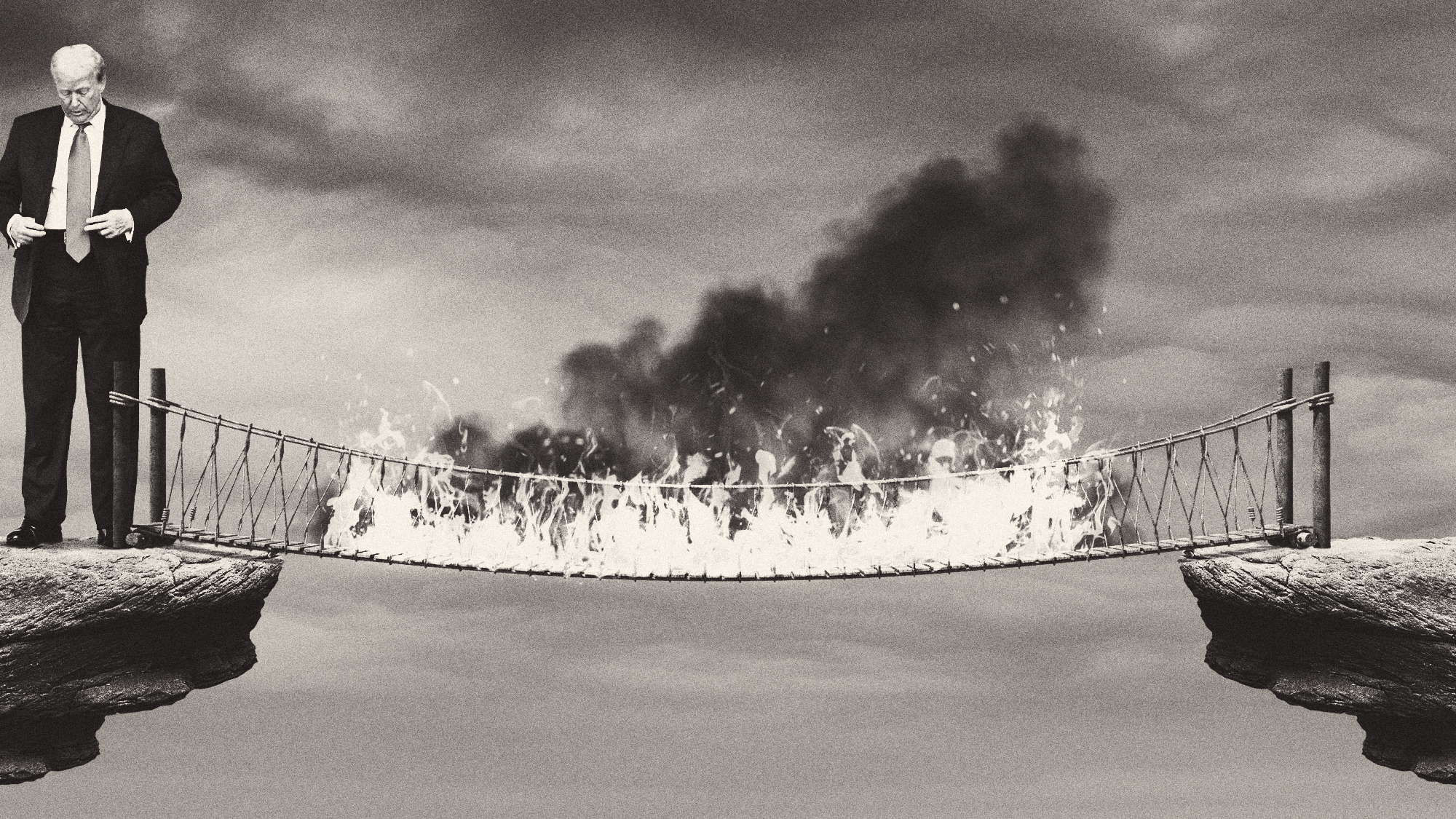 Did Trump just end the US-Europe alliance?
Did Trump just end the US-Europe alliance?Today's Big Question New US national security policy drops ‘grenade’ on Europe and should serve as ‘the mother of all wake-up calls’
-
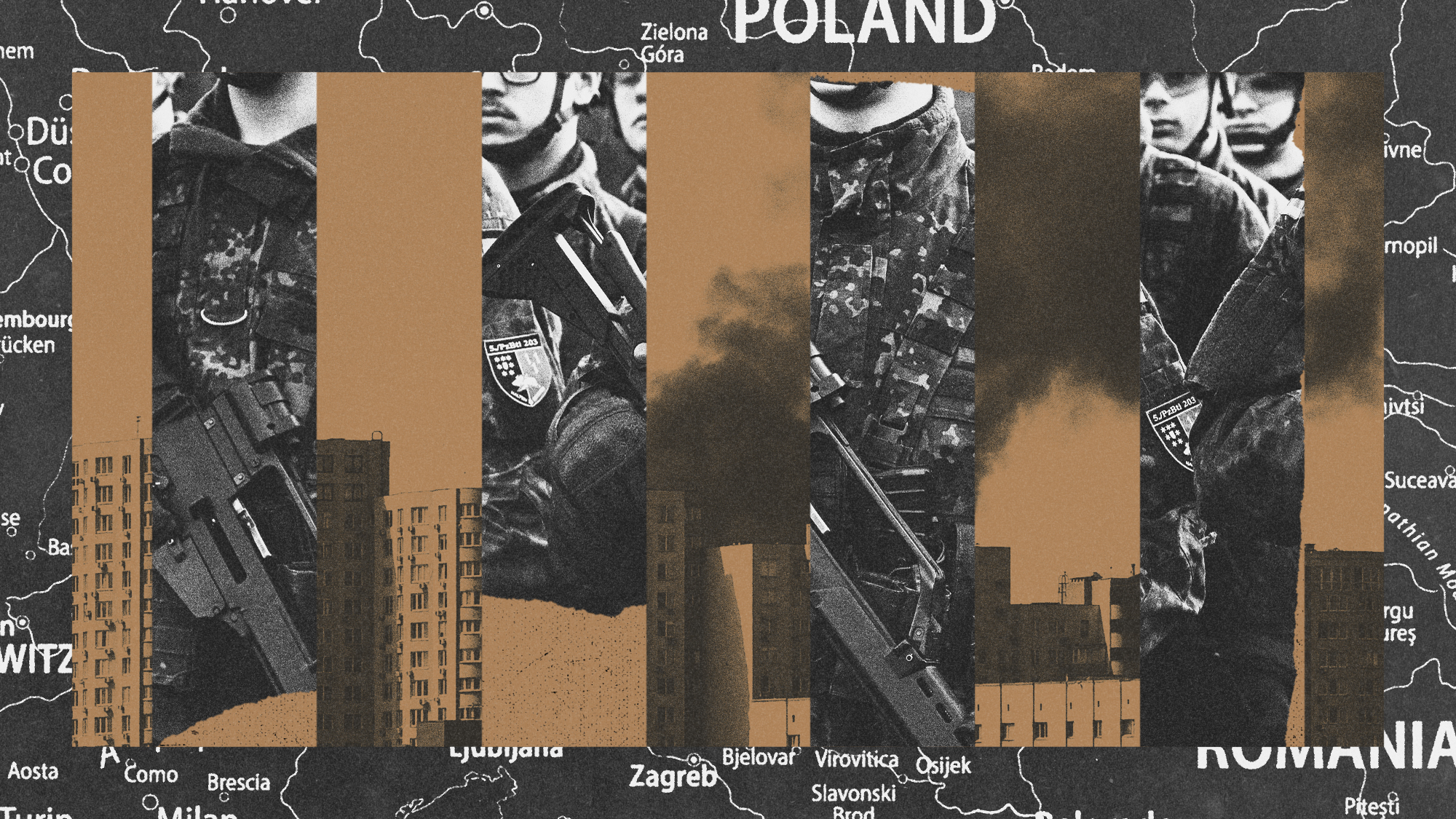 Is conscription the answer to Europe’s security woes?
Is conscription the answer to Europe’s security woes?Today's Big Question How best to boost troop numbers to deal with Russian threat is ‘prompting fierce and soul-searching debates’
-
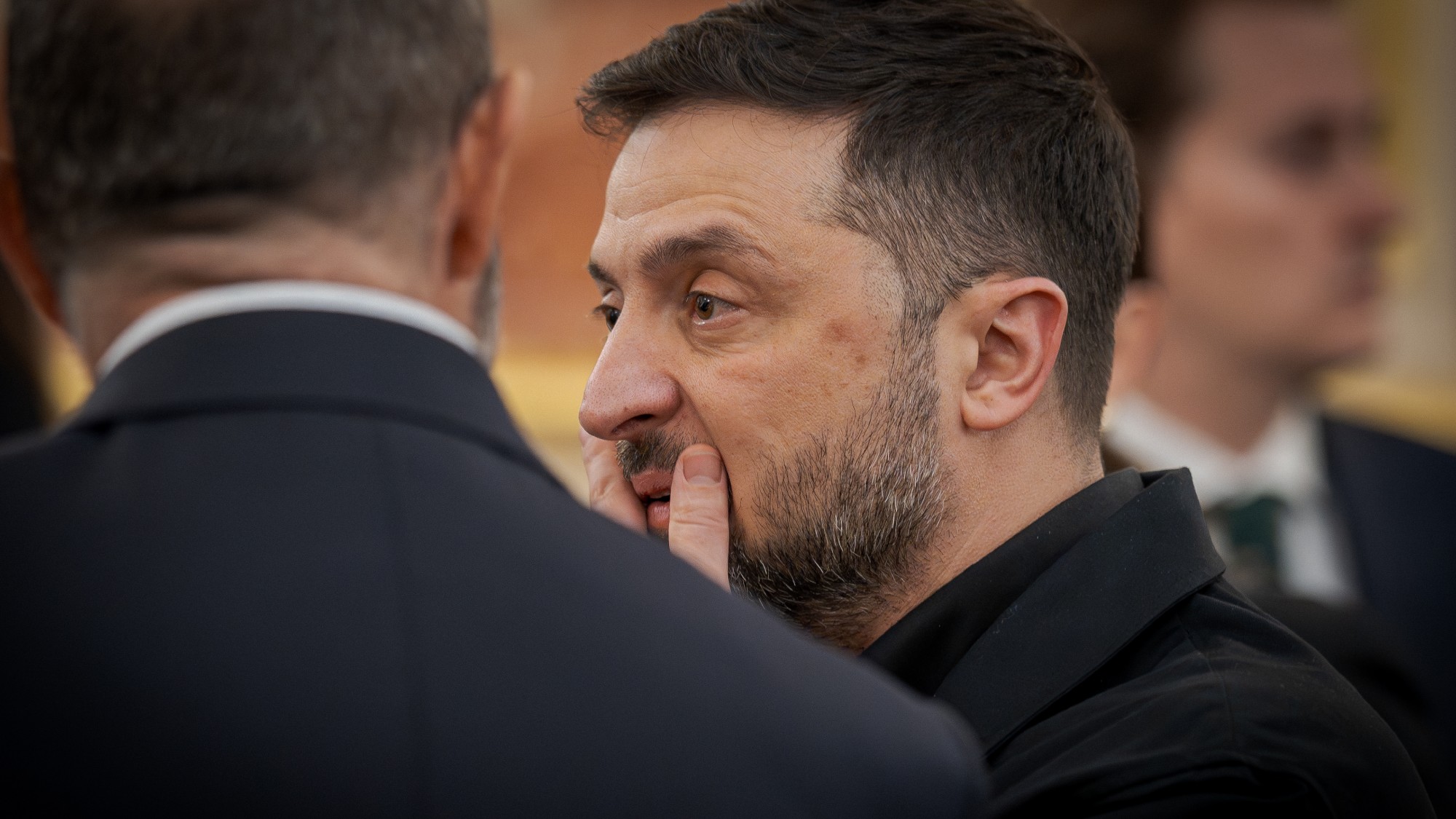 Trump peace deal: an offer Zelenskyy can’t refuse?
Trump peace deal: an offer Zelenskyy can’t refuse?Today’s Big Question ‘Unpalatable’ US plan may strengthen embattled Ukrainian president at home
-
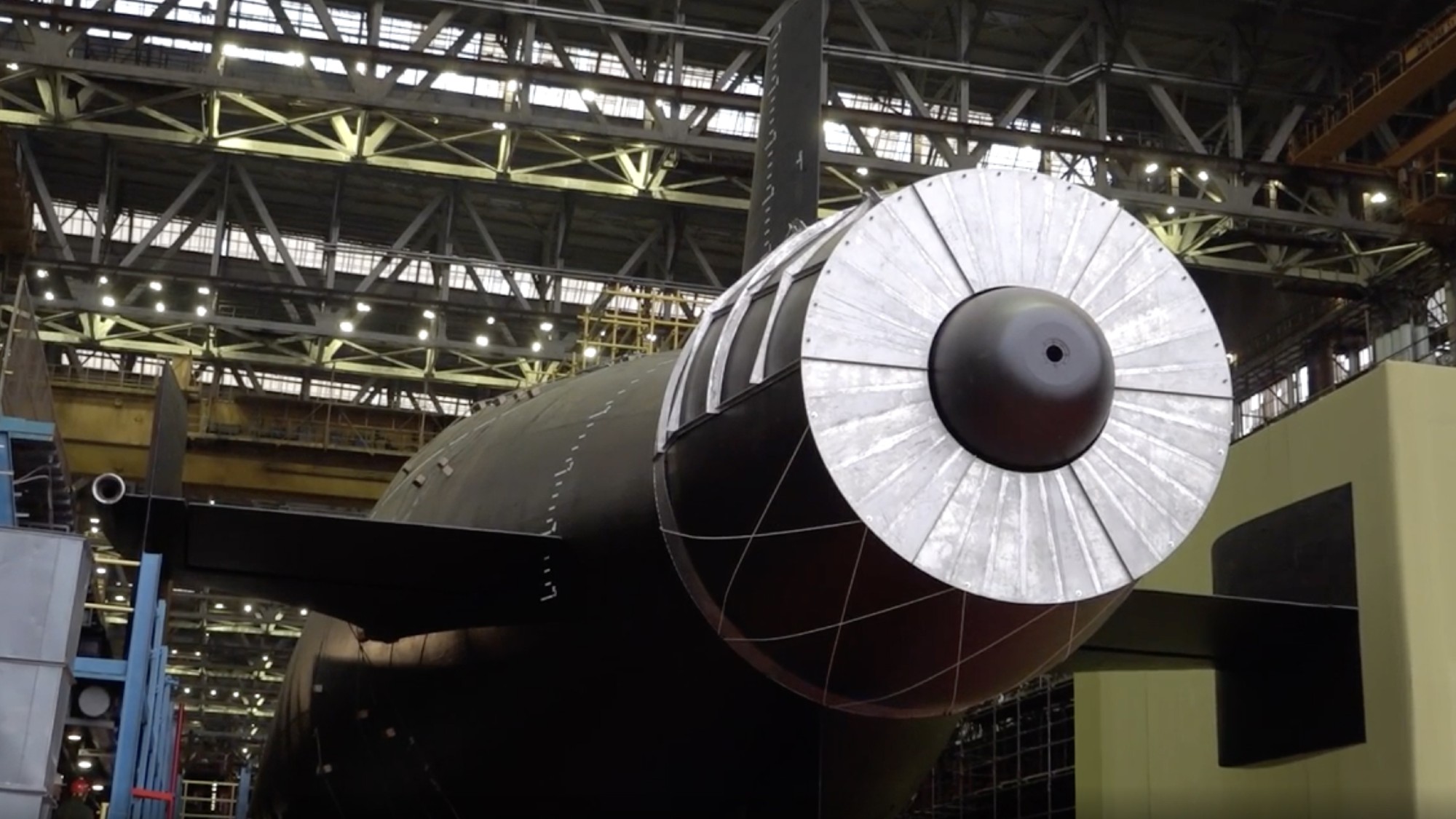 Vladimir Putin’s ‘nuclear tsunami’ missile
Vladimir Putin’s ‘nuclear tsunami’ missileThe Explainer Russian president has boasted that there is no way to intercept the new weapon
-
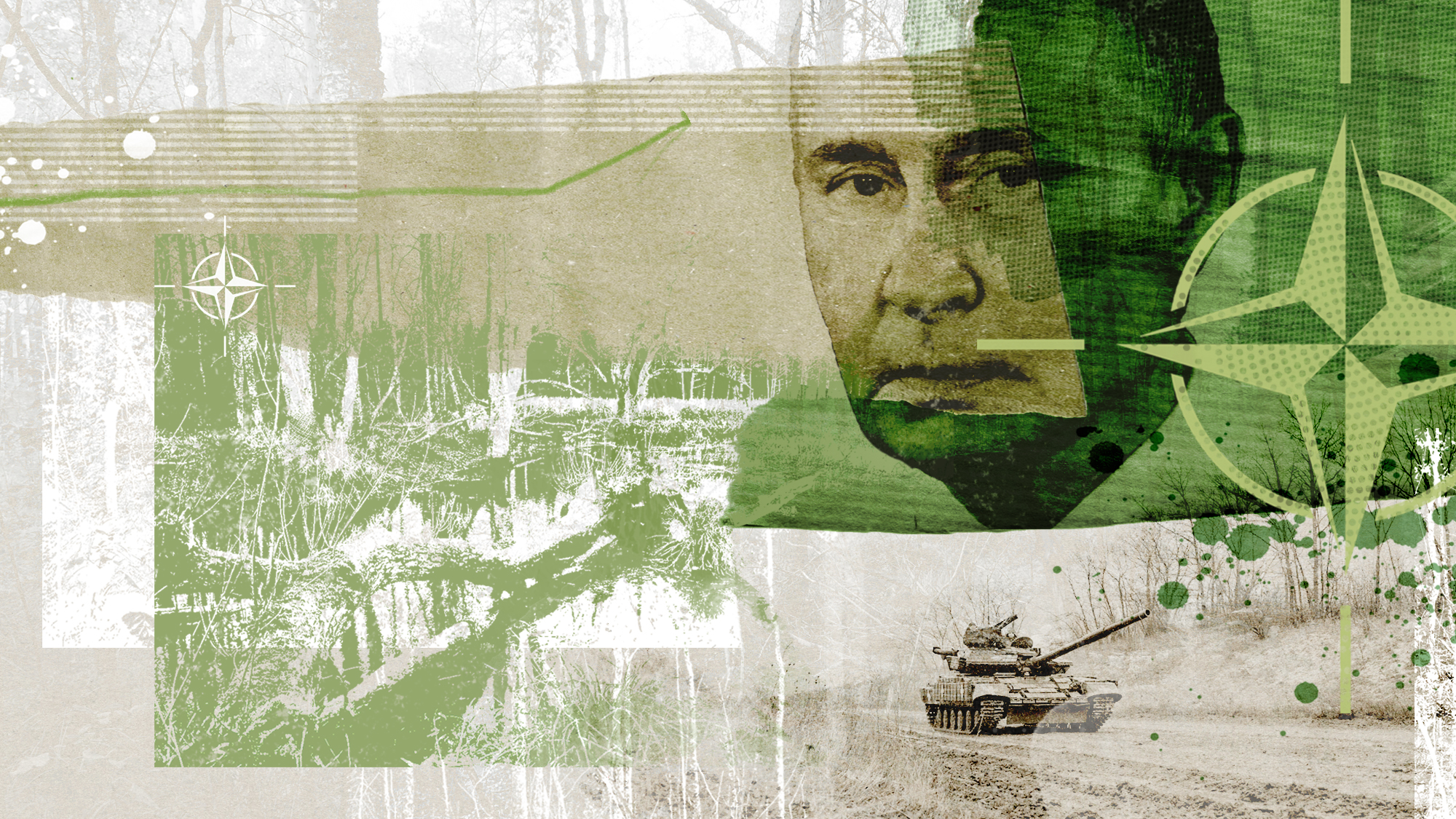 The Baltic ‘bog belt’ plan to protect Europe from Russia
The Baltic ‘bog belt’ plan to protect Europe from RussiaUnder the Radar Reviving lost wetland on Nato’s eastern flank would fuse ‘two European priorities that increasingly compete for attention and funding: defence and climate’
-
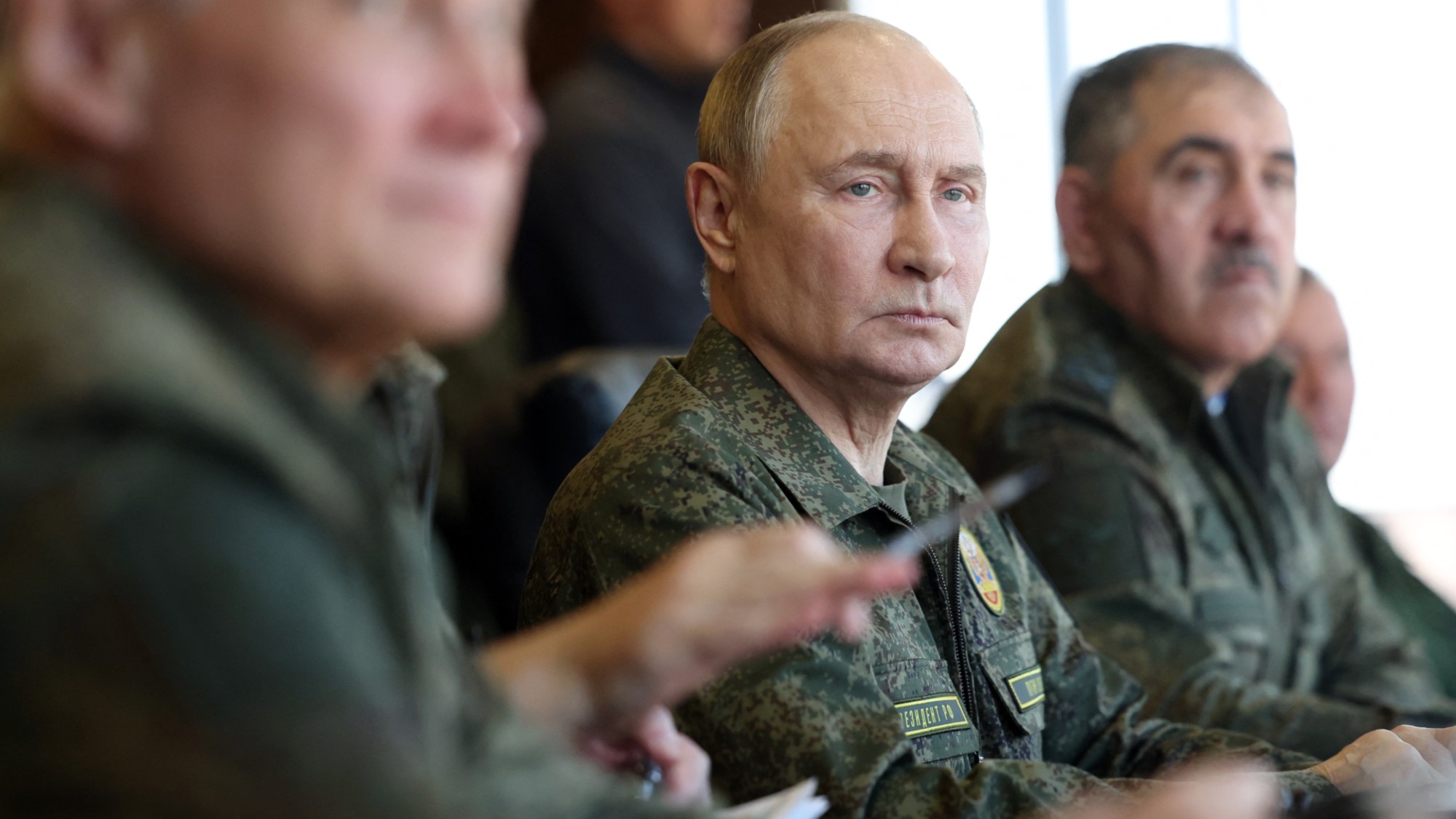 How should Nato respond to Putin’s incursions?
How should Nato respond to Putin’s incursions?Today’s big question Russia has breached Nato airspace regularly this month, and nations are primed to respond
-
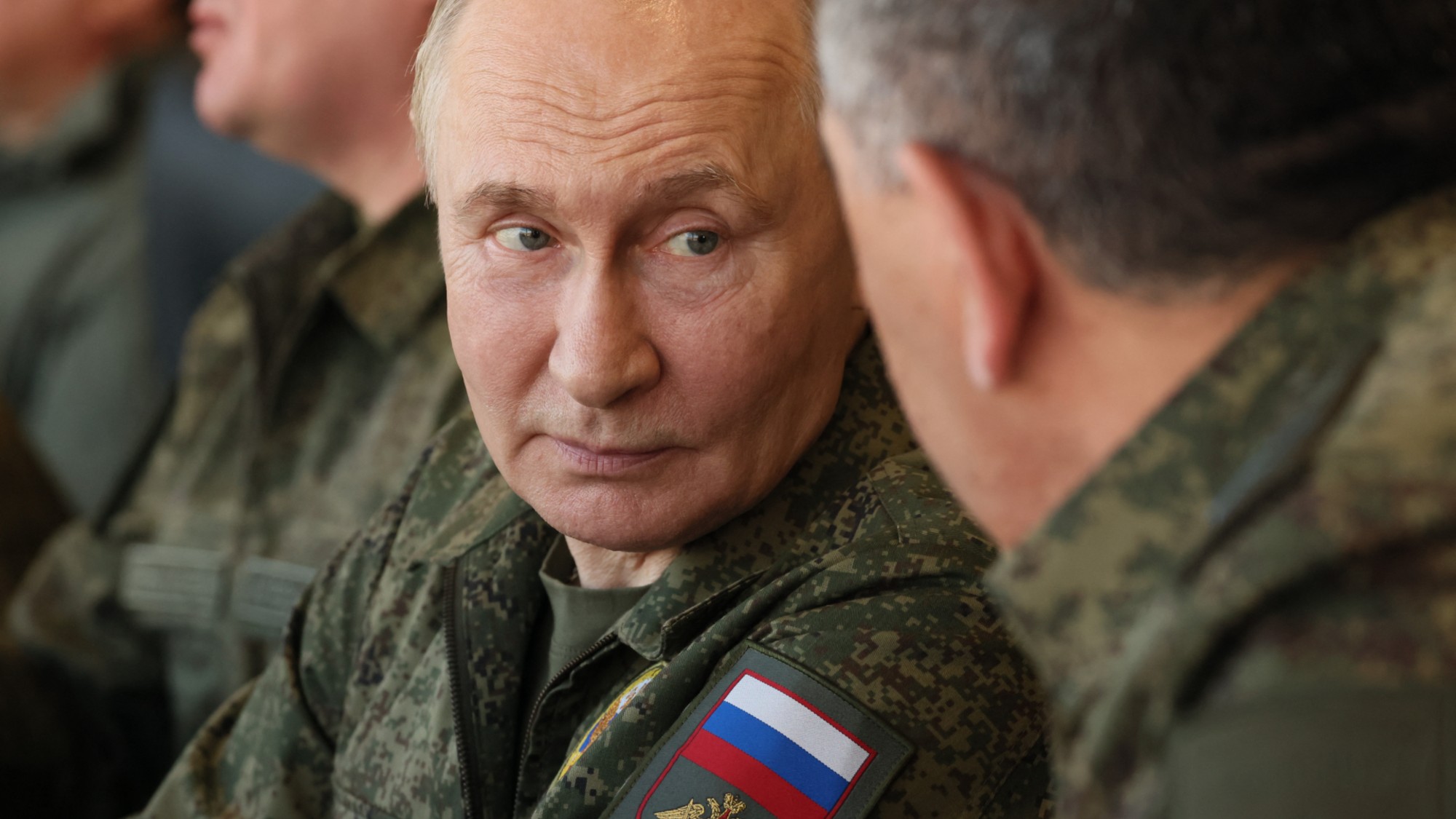 Russia’s war games and the threat to Nato
Russia’s war games and the threat to NatoIn depth Incursion into Poland and Zapad 2025 exercises seen as a test for Europe
-
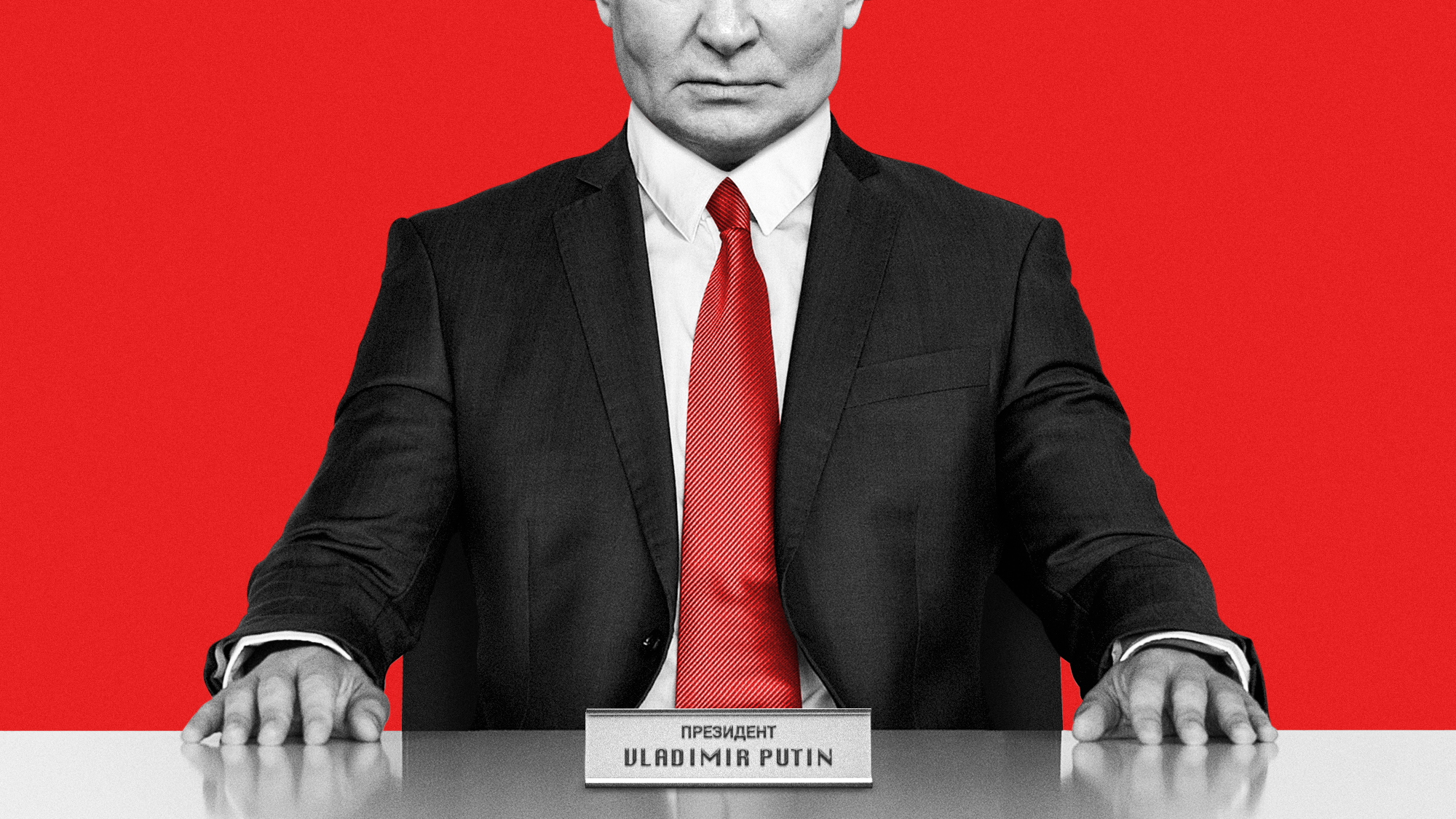 What will bring Vladimir Putin to the negotiating table?
What will bring Vladimir Putin to the negotiating table?Today’s Big Question With diplomatic efforts stalling, the US and EU turn again to sanctions as Russian drone strikes on Poland risk dramatically escalating conflict
